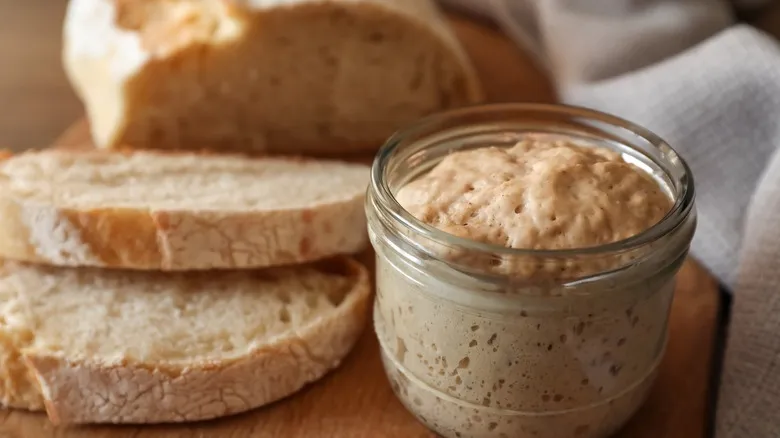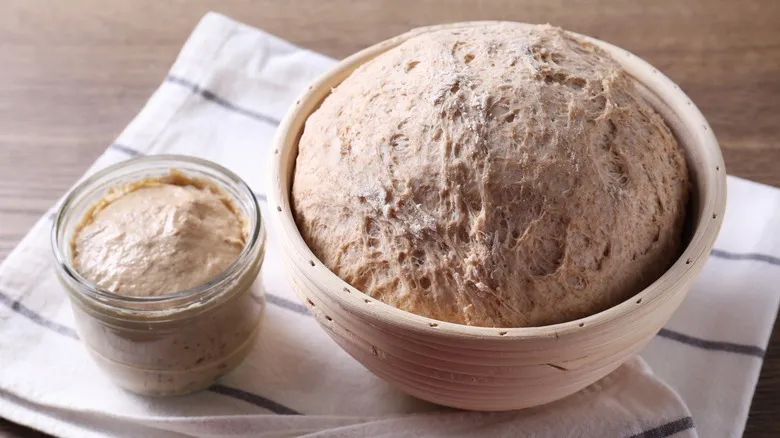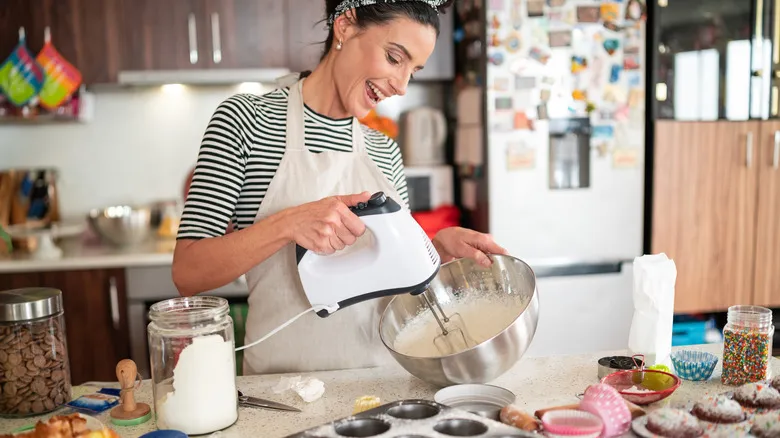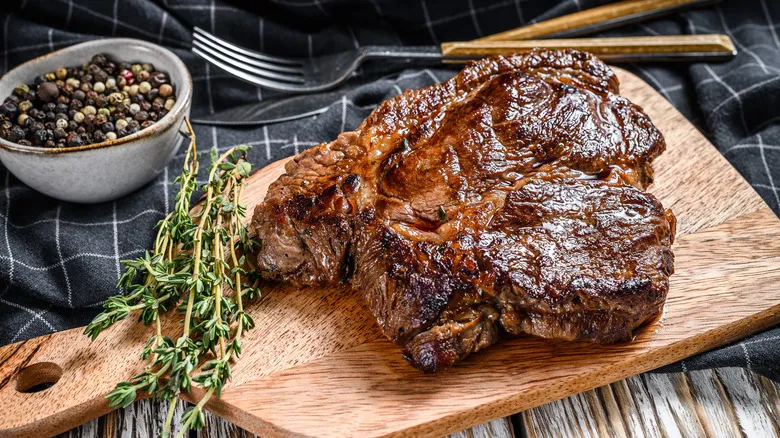Too hot or too cold will ruin the sourdough rise

The key to achieving a successful rise in sourdough lies in proofing the dough at the ideal temperature. The optimal range for sourdough is between 76 and 80 degrees Fahrenheit. While many recipes may refer to this as "room temperature," it's important to understand that this slightly warm environment is perfect for sourdough. At this temperature, the yeast is most active and can ferment effectively. If the dough is significantly below 76 degrees, it will rise more slowly and may not rise at all. However, simply increasing the temperature isn't always the answer. If the dough becomes too warm, fermentation can occur too rapidly, often resulting in a collapse and an uneven crumb after baking. Additionally, rapid fermentation can lead to an overly sour flavor in the bread.
The goal is to maintain that narrow four-degree range or get as close to it as possible. Keep in mind that the temperature of your kitchen may not reflect the temperature inside your dough. To monitor the internal temperature of your dough, use a kitchen thermometer. Insert a probe thermometer into the center of the dough and check it periodically to ensure it doesn't become too hot or too cold. Although the optimal range is limited, the dough can still rise outside of these parameters. However, if the temperature drops below 68 degrees Fahrenheit or exceeds 90 degrees Fahrenheit, you may encounter difficulties with the dough.
What can you do if your dough isn't the optimal temperature

If your sourdough is exposed to temperatures that are too high or too low, it can negatively impact its rise. Achieving the ideal temperature for your dough can be challenging, particularly in extreme climates. Luckily, there are several strategies to create the right conditions for rising. In colder environments, you can warm the water before mixing it with the other ingredients—just be careful not to overheat it, as this could diminish the yeast's leavening ability. While the dough can still rise at slightly lower temperatures, it will require more time, so be sure to adjust your baking schedule accordingly.
Conversely, if you're in a hot kitchen, the sourdough may rise too quickly and develop a more acidic flavor. To counteract this, use cool water and consider placing the dough in the refrigerator to keep the temperature below 80 degrees Fahrenheit.
Recommended

How To Substitute Flour In A Gluten-Free Apple Crisp

Ina Garten's Secret For Effortlessly Moist Red Velvet Cupcakes

How To Change The Color Of Your Blueberry Baked Goods

The Difference Between Cupcakes And Muffins Is More Than Just Icing
Next up





